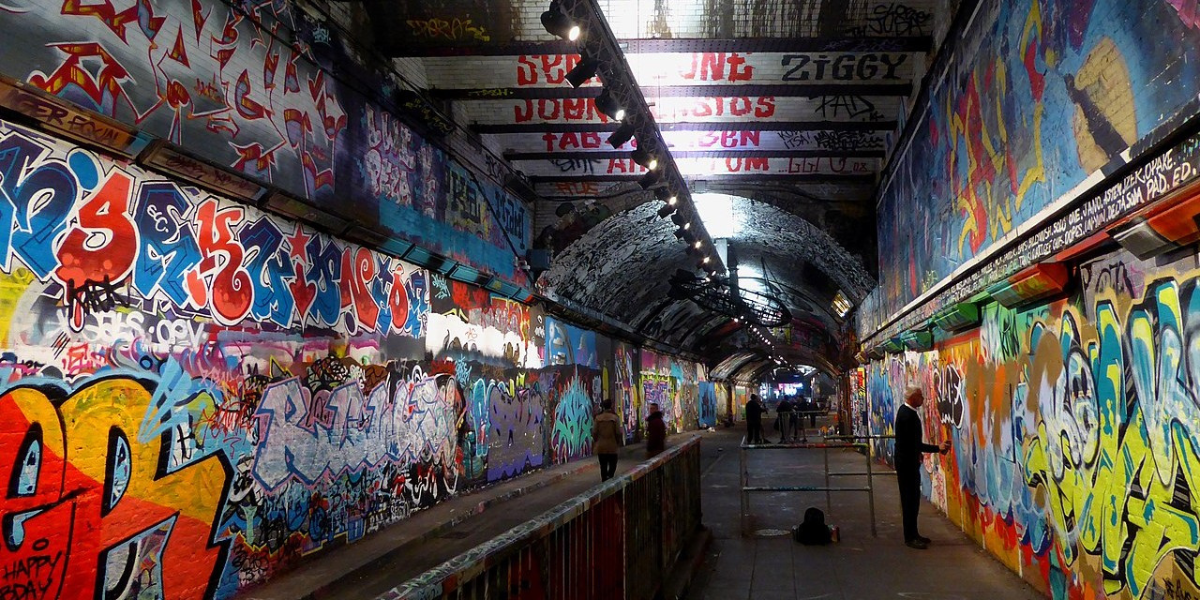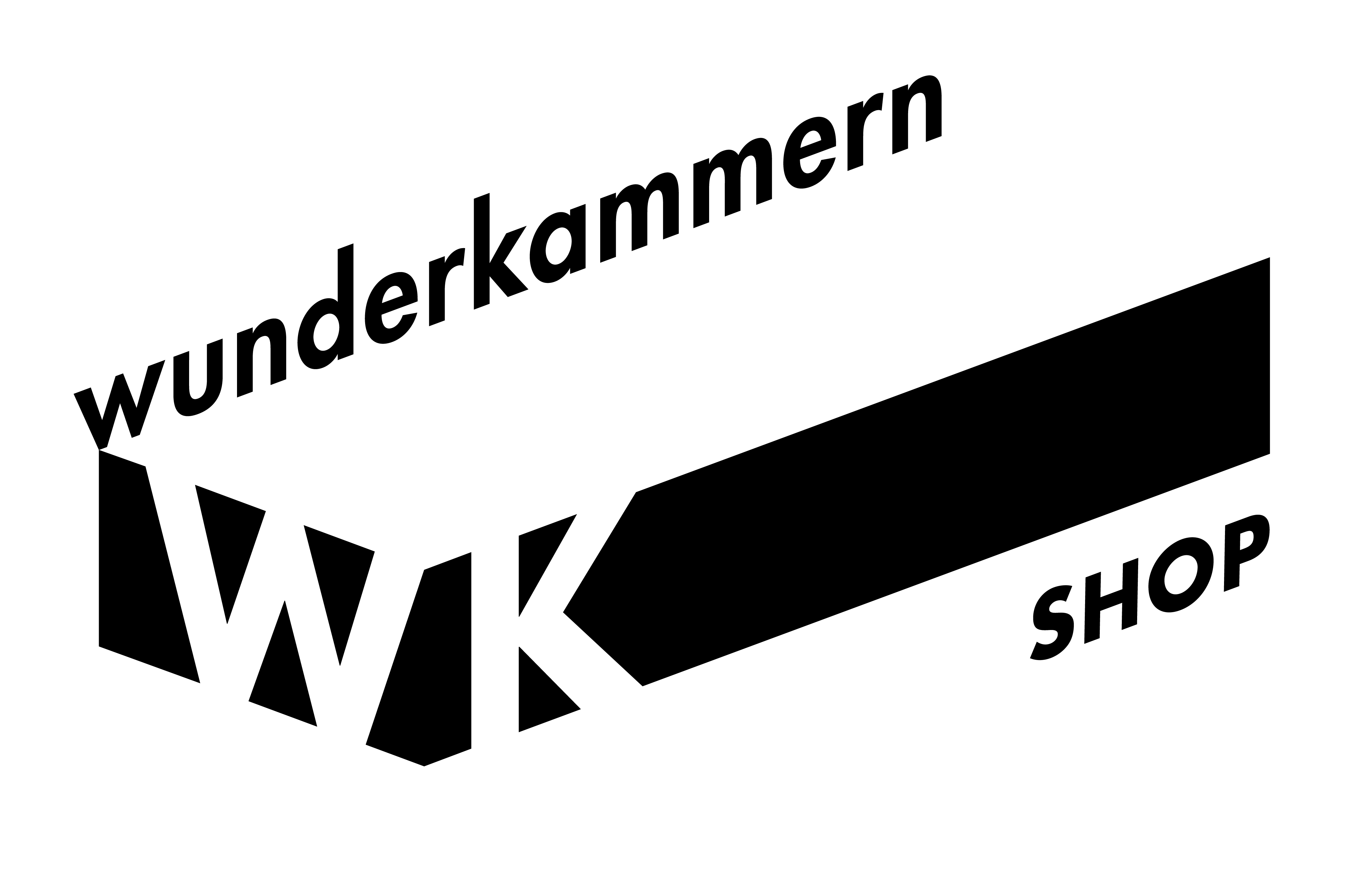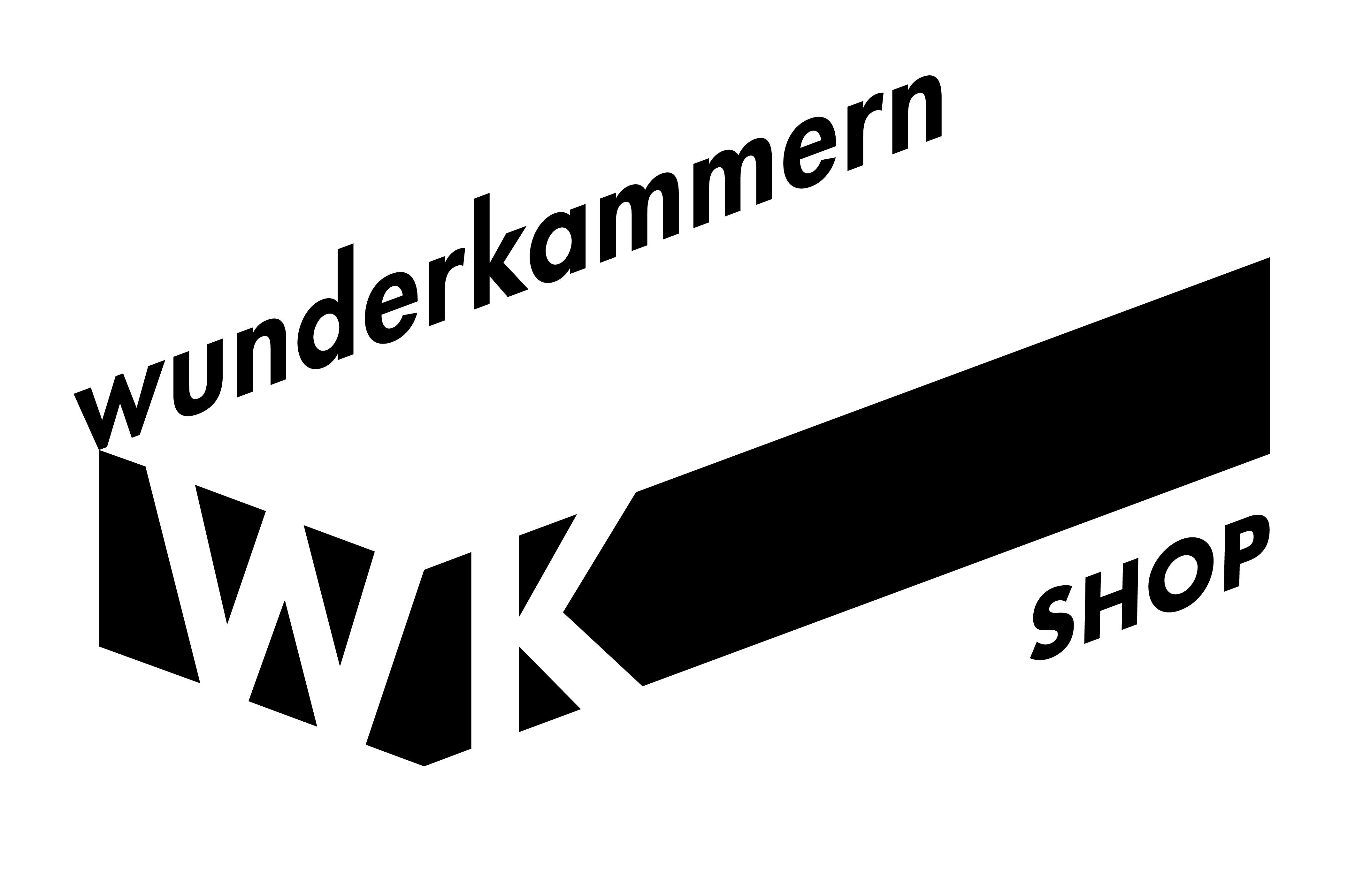
Street art has experienced an extraordinary evolution from being an underground phenomenon to a recognized and celebrated artistic language in museums and private collections.
Once ephemeral and destined to fade away in time and urban space, today street art has established itself as one of the most dynamic and appreciated expressions of the contemporary scene, finding a place in galleries and even in the homes of enthusiasts and collectors.
The recognition of street art in institutions
One of the most significant events testifying to the legitimization of street art in the official art world is the entry of works by urban artists into museum collections. A striking example is the Uffizi in Florence, which recently acquired a work by British artist Endless.
This episode confirms how institutions are reassessing the role of urban art, considering it an integral part of contemporary art history.
Street art is a child of its time, an expression of an ever-evolving society, capable of dialoguing with the public through powerful and immediate messages. The debate remains open: is it right to transfer these works from their original context, the street, to museum halls? Or does their true essence lie precisely in their transience and direct impact on public space?
The entry of street art into the art market
Parallel to institutional recognition, street art has gained increasing relevance in the art market. Events such as the exhibition “Off the Wall: Basquiat to Banksy”, organized by Christie's in London, show how enthusiastically collectors have embraced this movement.
Artists of the caliber of Jean-Michel Basquiat, Keith Haring, Banksy and Stik are now among the most sought-after names by investors and enthusiasts.
The inclusion of street artist works in international auction houses and prestigious galleries marks a turning point. These are no longer just ephemeral works, but pieces that acquire value over time, testifying to the communicative power of a movement born in the streets but capable of conquering the walls of private collections.
Street art and interior design: a new language for domestic spaces
Urban art is no longer confined to the outer walls of cities; today many people are choosing to bring street art inside their homes. The works of urban artists give rooms a unique character and strong personality, offering an original alternative to traditional contemporary art paintings.
The techniques used by street artists, from silkscreens to paintings on canvas to sculptures inspired by murals, make it possible to adapt urban aesthetics to domestic spaces without sacrificing the expressive power that characterizes this art form.
From wall to canvas: street artists' adaptation to galleries
Many urban artists have developed a parallel path between public and institutional space. JonOne, for example, said he wants to preserve his work for future generations, creating works that can be treasured and studied over time.
This dual dimension allows artists to maintain their connection to the street without giving up the opportunity to exhibit in galleries and museums.
On the other hand, some argue that the true spirit of street art only manifests itself in urban space, free from commercial and institutional constraints.
Open-air museum projects, such as those proposed in several cities, could provide an intermediate solution, preserving works in their original context while ensuring their protection.
A new era for street art
Street art has traveled an extraordinary journey, from the underground of graffiti to the exclusive spaces of galleries. This journey demonstrates art's ability to evolve and adapt with the times, while keeping its expressive charge intact.
Today, those who choose to integrate street art into domestic environments not only enrich their space with works of visual and conceptual impact, but also contribute to the dissemination and recognition of an art form that continues to redefine the boundaries between public and private, street and museum.




 Register
Register
